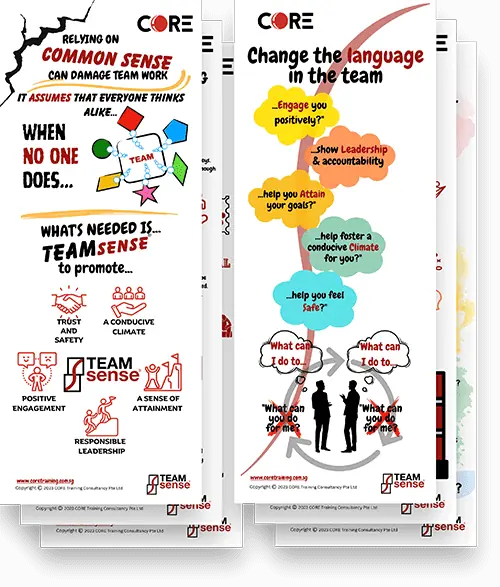A Look at an Old Friend with New Lenses
Imagine a couple planning a wedding. They can do it themselves or outsource it to an event planning company. Either way, to experience a once-in-a-lifetime occasion as close to perfection as you possibly can, needs immaculate planning and execution.
Similarly, organisations, both big and small need a plan that they can refer to when it comes to their medium to long-term business planning and more importantly, in execution of their business daily.
However, the thought of coming up with a strategic plan is often a heart wrenching exercise, best left to McKinsey & Co. and the like for those with deep pockets, and to the sales leadership for companies who are proud to operate on the fly, where sales trumps all. Sometimes, the vision, mission and values of the company are left to the marketing department to develop.
In the last few years, elements like Environment, Social and Governance (ESG) and Artificial Intelligence (AI) have started peppering the business landscape. They are no longer good-to-have initiatives but need to be deeply embedded in an Organisation to remain compliant and innovative.
How do organisations keep up with all these changes and still be competitive in their respective industries? How can they achieve exponential growth, year on year? How do they build a culture of sustained excellence?
The answer lies in how organisations galvanise themselves to be nimble and agile. In the past there have been many models postulated for the development of a strategic plan. To recollect, some of these include:
- Porters 5 Forces Analysis
- Balanced Scorecard (BSC)
- SWOT Analysis
- VRIO Framework
- PEST Analysis
Older frameworks and matrices include:
- Ansoff Matrix
- McKinsey 7S Model
Whatever model, matrix or framework one uses, it is best developed with the vision, mission and values (expressed behaviours) of the Organisation. They go hand-in-hand. Period.
I personally like the use of SWOT Analysis to get upfront what is going well with the Organisation and where the gaps are. It is a SNAPSHOT of the current state of affairs within the organisation.
The next step is to rally people around what the future may look like. It may be a time span of 2-3 years. The reason for this being that, in a VUCAH (Volatile, Uncertain, Complex, Ambiguous and Hyperconnected) world, no one can envisage a future beyond a 3-year timescale. You then ask how critical the current gaps are, to the execution of the plan going forward. Sometimes, employing root causes analyses (RCA) to resolve the gaps will give you an idea of where to prioritise and start building. Action items come next with timelines for implementation and allocation of accountabilities.
But the success of any strategic plan is dependent on whether the senior leadership team in the room is willing to adhere to what they agreed to and work with their peers to improve beyond the status quo, problem-solve and make things happen. Where there is a silo mentality, it is unlikely that the strategic plan can be effectively implemented.
Once a plan is in place, you can do a Reverse SWOT on the newly created strategic plan to have an idea of the challenges and gaps in your newly minted strategic plan.
The Human Resources department plays an important role in sustaining the primary role of a strategic plan. It must have the necessary skill set within the department to facilitate this strategic planning session every 18-24 months. This is to ensure that the plan is tracking to its timelines and to monitor changes that have happened in both the external and internal business environment to necessitate changes to the plan. This is done regardless of whether the organisation is thriving, or more importantly – not.
I invite you to give us a call to discuss the need for a strategic planning exercise for your organisation.
Abe Jacob & Vasu Dev Veerappa

